In October 2014 two memorable events took place at Birmingham Museum and Art Gallery, organised by Adam Jaffer, Curator of World Cultures, with the co-operation of members of the city's Buddhist community. The celebrations were in recognition that 150 years ago the Buddha statue holding central place in the art gallery had been presented to the city's council to form the nucleus round which its art gallery eventually grew. The seventh century statue, once part of a large Vihara in Northern India was discovered outside the town of Sultanganj as engineers were constructing the East Indian Railway in 1861. When it came to the notice of Samuel Thornton, a former Lord Mayor of Birmingham working in India at the time, he arranged for it to be sent back to his native city, where it arrived in 1864.
On Saturday 4 October the public were invited to a display of work carried out by different Buddhist groups in the West Midlands - including prison, police and hospital chaplaincy. Meditation sessions were also conducted during this time and in a final session Buddhist monks, led by Venerable W. Kassapa O.B.E, chanted for the well-being of all in the city. During the afternoon, Yann Lovelock - B.E.M., the Buddha Gallery's official guide, gave a talk on the statue's religious significance.
The next event on Wednesday 8 October was a more formal occasion and included speeches from Councillor Mike Leddy, the Deputy Lord Mayor; Paul Sabapathy C.B.E, Lord Lieutenant of the West Midlands; and Satinder Kaur Taunque O.B.E., one of the Deputy Lord Lieutenants. Also in the audience were two more Lord Lieutenants, Dr Jagjit Taunque M.B.E. and Lord Lieutenant Jenny Loynton. Curators from the Museum's London partners, the British Museum and Victoria and Albert Museum, had come for the occasion as well as a representative from the British Council. Michael Willis, the first of these visitors, also gave a talk on the statue's artistic significance. Members of the local Buddhist community closed the occasion by expressing what the Sultanganj Buddha meant to them and Yann Lovelock read a poem about it. The monks, led by Ven. W.Kassapa, closed the occasion by chanting for the West Midlands to be blessed with the Buddha's presence for at least another 150 years.
Realisation of the statue's significance has grown over the century and a half it has been in Birmingham, not least as the art world recognised its uniqueness as the largest surviving metal standing Buddha of Indian origin. For the Midlands Buddhist community, the statue has helped awaken devotion through being the focus of annual Buddha Day gatherings in the museum, which have included many from the city's twenty Buddhist groups. Nowadays many who are not Buddhist leave offerings of flowers or come to share the atmosphere of serenity that it inspires.
It is to the great credit of both the Museums generosity and the Buddhist community's willingness to work together that such events can take place.

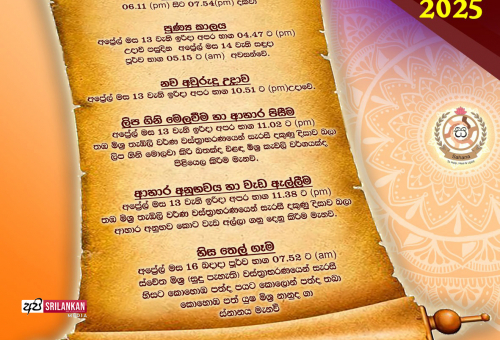
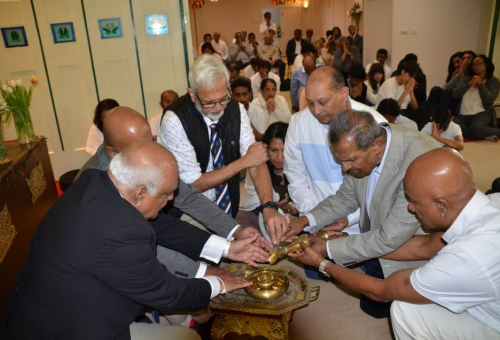
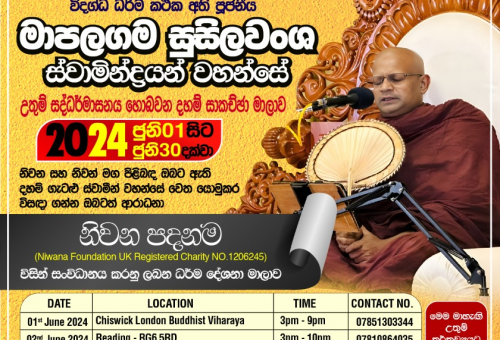


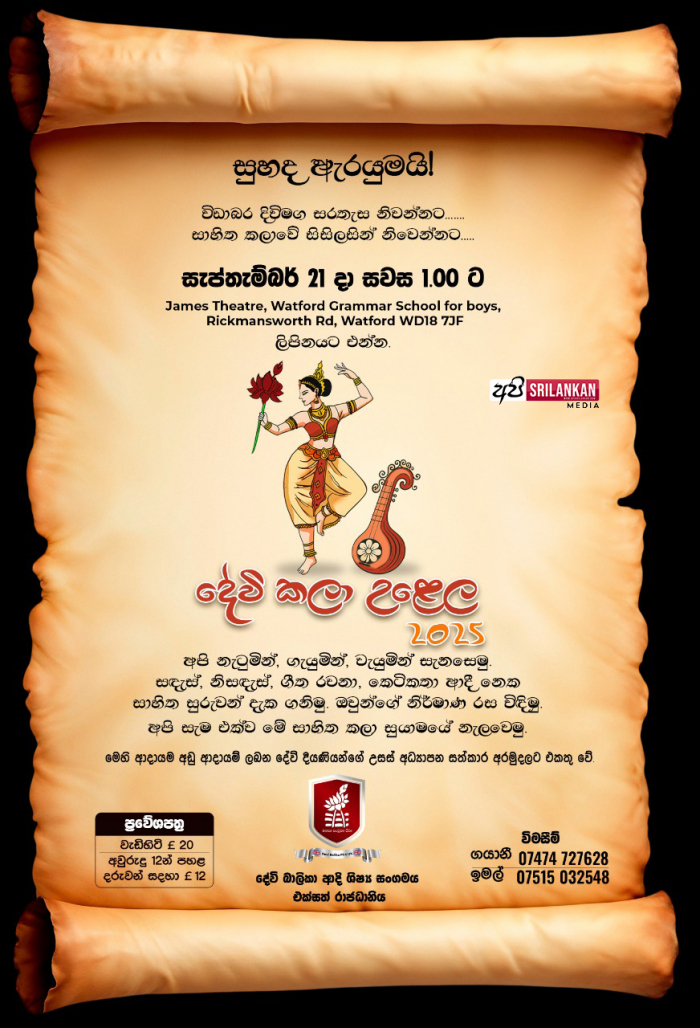
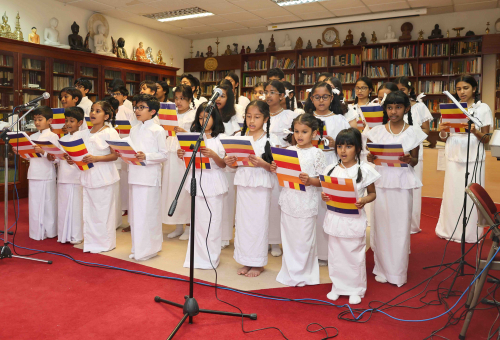
COMMENT